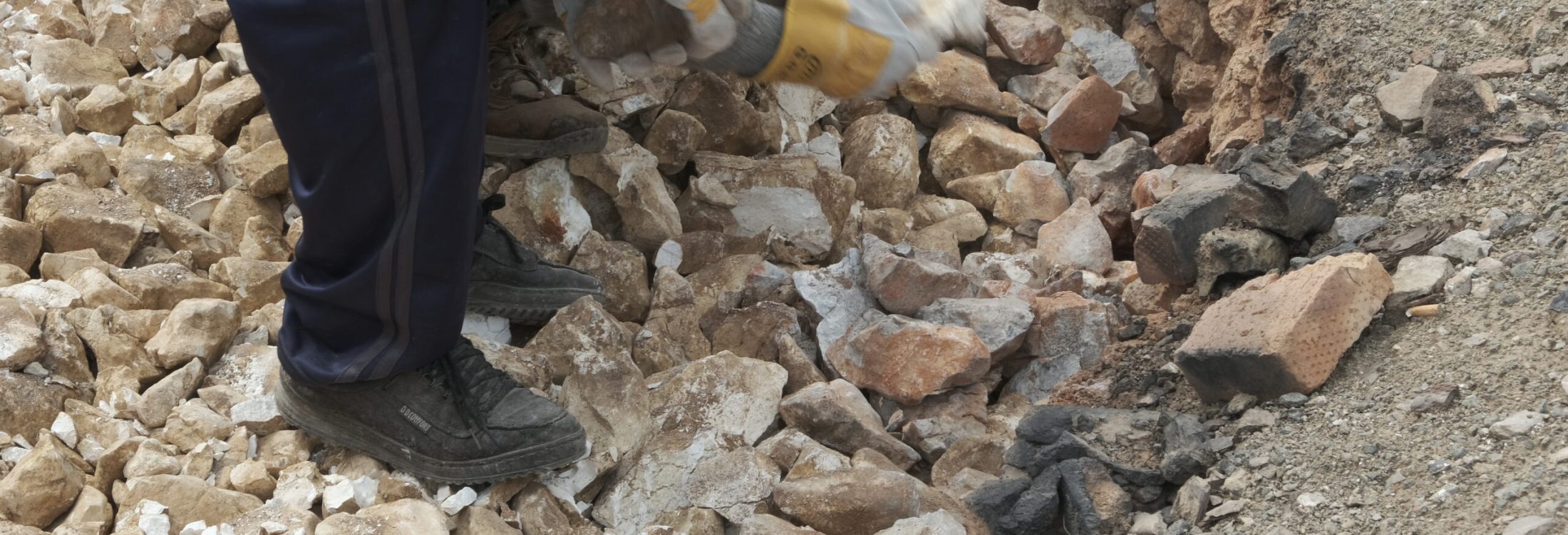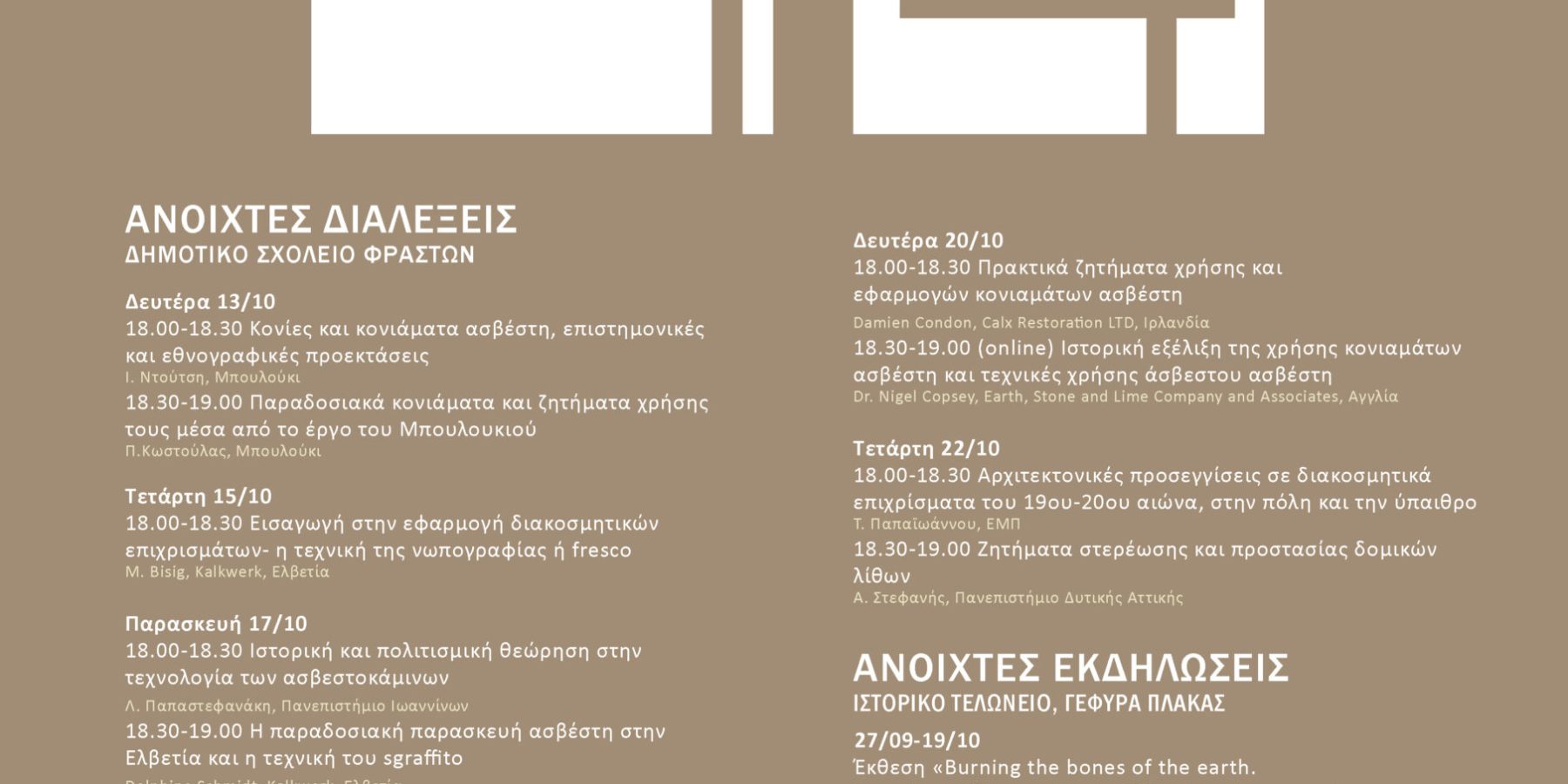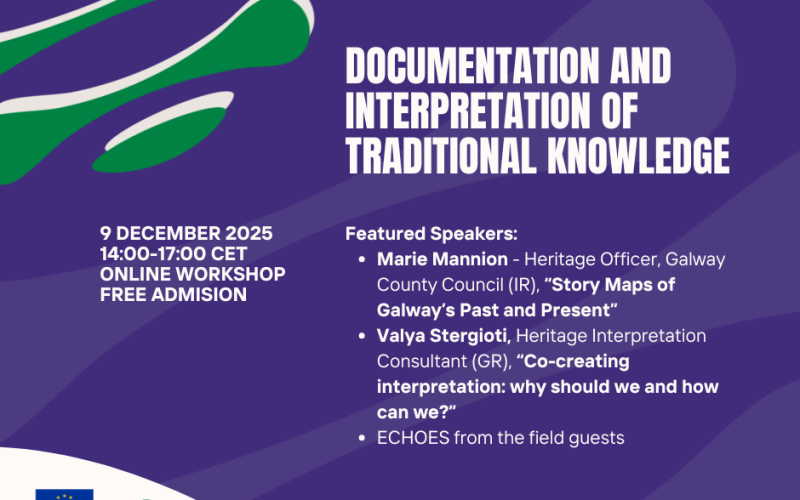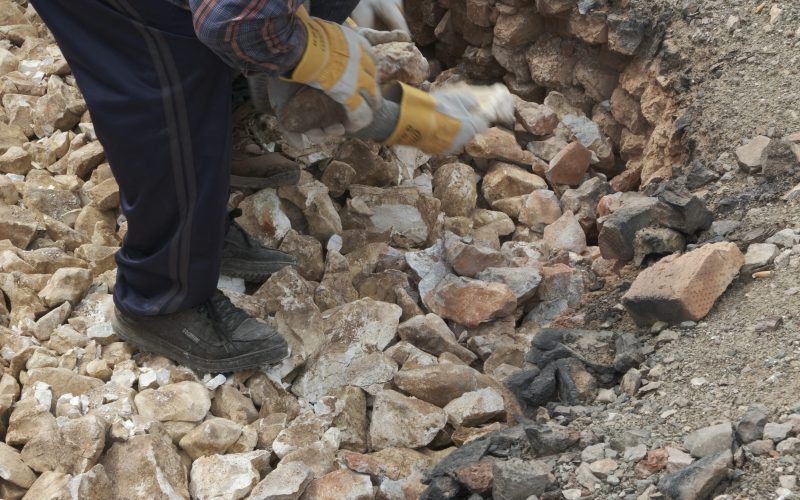
“KERETSI” Open Events Programme
The dual educational program “KERETSI” has started in Tzoumerka, with the participation of 6 young apprentices. The apprenticeship focuses on the use of lime and clay mortars in masonry pointing and plaster applications. Next week, a training workshop will follow, welcoming 20 additional participants from Greece and abroad, offering an intensive hands-on and knowledge-sharing experience around traditional building techniques. The work takes place at the former school building of Frasta, where Boulouki is developing a new structure for research and training in sustainable construction in Epirus. The overall initiative has been awarded by the New European Bauhaus 2025 “Boost for Small Municipalities”.
In parallel, an extended public events programme -lectures, presentations, and discussions-accompanies the project, creating a hub for knowledge exchange and good practices dedicated to the interpretation, promotion, and preservation of the rich heritage of lime mortars in both traditional and contemporary building.
📍 Frasta Primary School – Open Lectures
Monday, October 13, 18:00–19:00 – Lectures on Lime Mortars
Ioanna Ntoutsi – Lime binders and mortars: scientific and ethnographic approaches
Panagiotis Kostoulas – Traditional mortars and their application through Boulouki’s work
Wednesday, October 15, 18:00–20:00
Maurin Bisig – Introduction to fresco painting and preparation for the practical workshop
Friday, October 17, 18:00–19:30 – Lecture Series
Lida Papastefanaki – Lime kiln technology in the pre-industrial world
Delphine Schmidt – Traditional lime burning and the sgraffito technique
Maria Stefanidou – Lime mortar technology: performance and challenges
Monday, October 20, 18:00–19:00 – Lectures on Mortar Preparation and Climate Resilience
Damien Condon – Preparing traditional lime mortars
Dr. Nigel Copsey (online) – Traditional lime-rich plasters and their contribution to mitigating global warming
Wednesday, October 22, 18:00–19:00
Tassis Papayiannou – Plasters: from traditional to modern architecture
Alexis Stefanis – Issues of consolidation and protection of building stones
Friday, October 24, 19:00
Final presentation and closing session of the workshop at the Frasta Cultural Center
Round Table Discussion📍 Historic Customs House, Plaka Bridge, Tzoumerka
Saturday, October 18, 2025, 12:00 – 18:00
Under the coordination of the Regional Union of Municipalities of Epirus (PED Epirus) and with the scientific collaboration of the non-profit organization Boulouki, a roundtable discussion and open dialogue with the public and local residents will take place, highlighting the value of traditional building materials based on aerial lime. The activities will involve scientists and institutional stakeholders.
On-site open days at Frasta Primary School
Visits to the construction site can be arranged by contacting the team.
The program is co-organized by the “Boulouki” Itinerant Workshop on Traditional Building Techniques, Municipality of Central Tzoumerka, Municipality of Northern Tzoumerka, Technical Chamber of Greece – Epirus Department, Epirus Regional Union of Municipalities. With the support of the John S. Latsis Public Benefit Foundation, the Sahinis Family, the A. G. Leventis Foundation, the Technical Chamber of Greece, and the Non-Profit Civil Company AEGEAS. Joint project between the European Union and the Council of Europe, the project “Education and awareness-raising activities aimed at highlighting the value of traditional building materials based on aerial lime” is supported by the Green Fund’s funding program “Natural Environment and Climate Neutrality – Outreach Actions 2025” (Budget: €10,000. Funding: Green Fund, Beneficiaries: Regional Union of Municipalities of Epirus (PED Epirus) together with the NPO Boulouki. A scholarship for one position in the Apprenticeship Program, sponsored by Dalkafouki Oikos. This initiative is carried out under the auspices and with the financial support of the Ministry of Culture.
This project was produced with the financial support of the European Union and the Council of Europe. Its contents are the sole responsibility of the author(s). The views expressed herein can in no way be taken to reflect the official opinion of either the European Union or the Council of Europe.

- Category News
Rel. project KERETSI BURNING THE BONES OF THE EARTH TZOUMERKA SCHOOL


